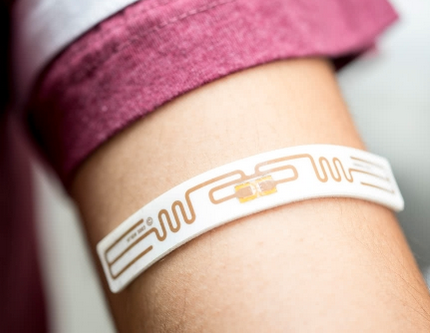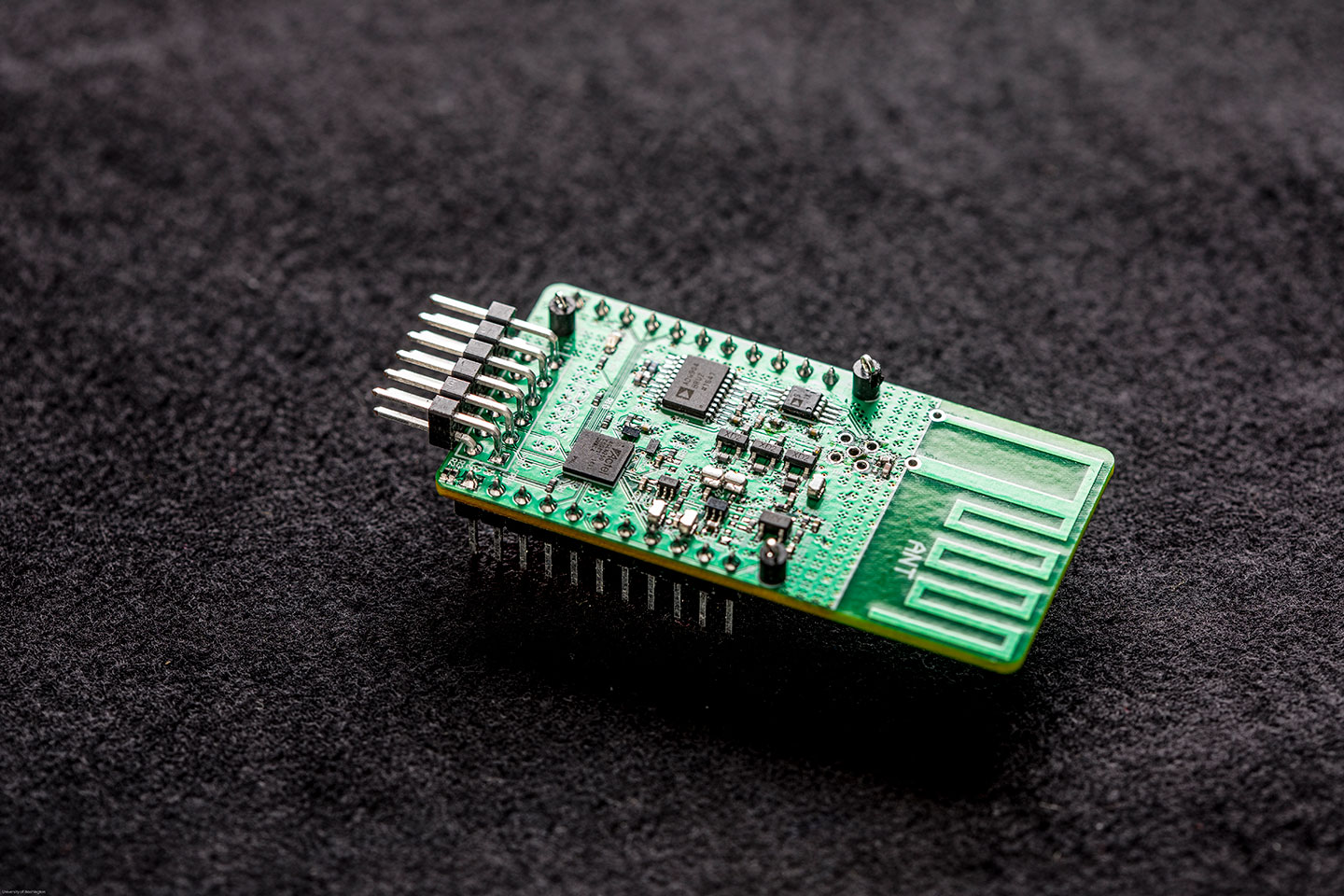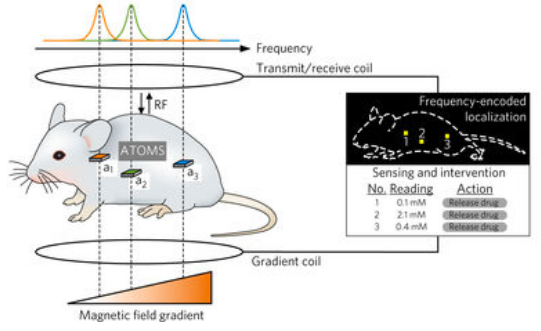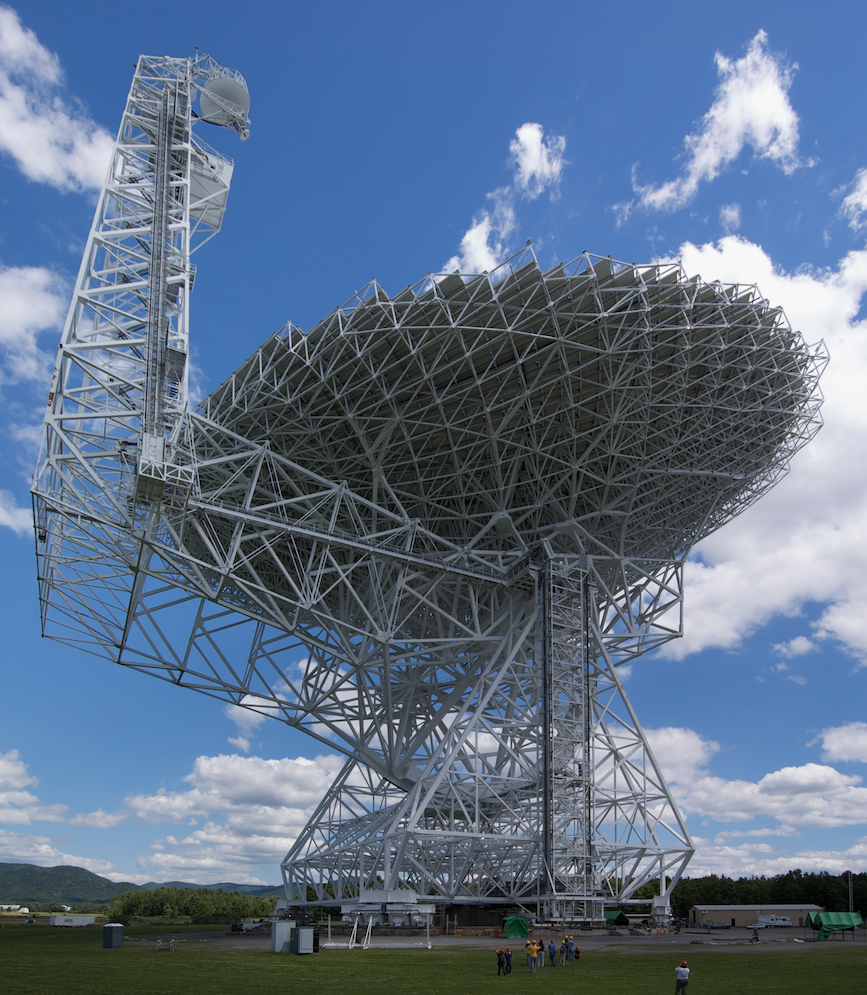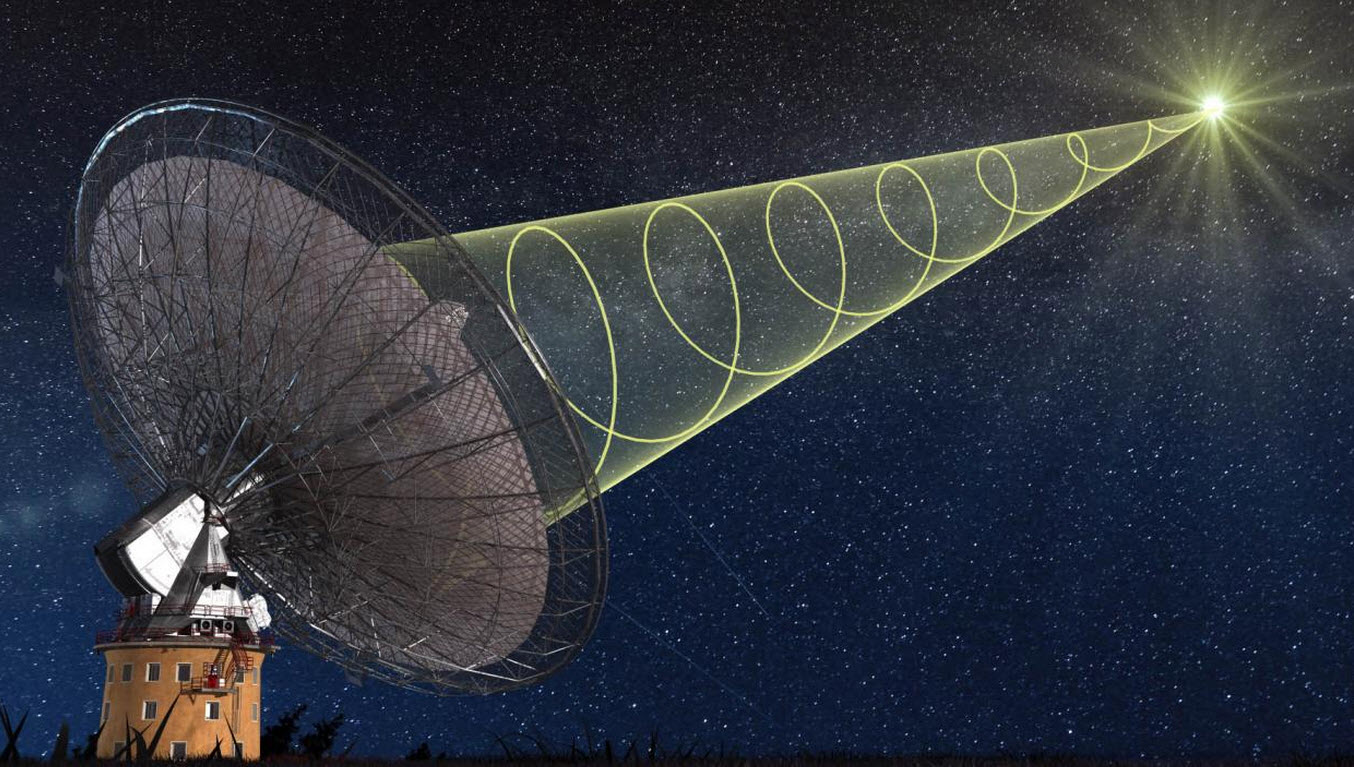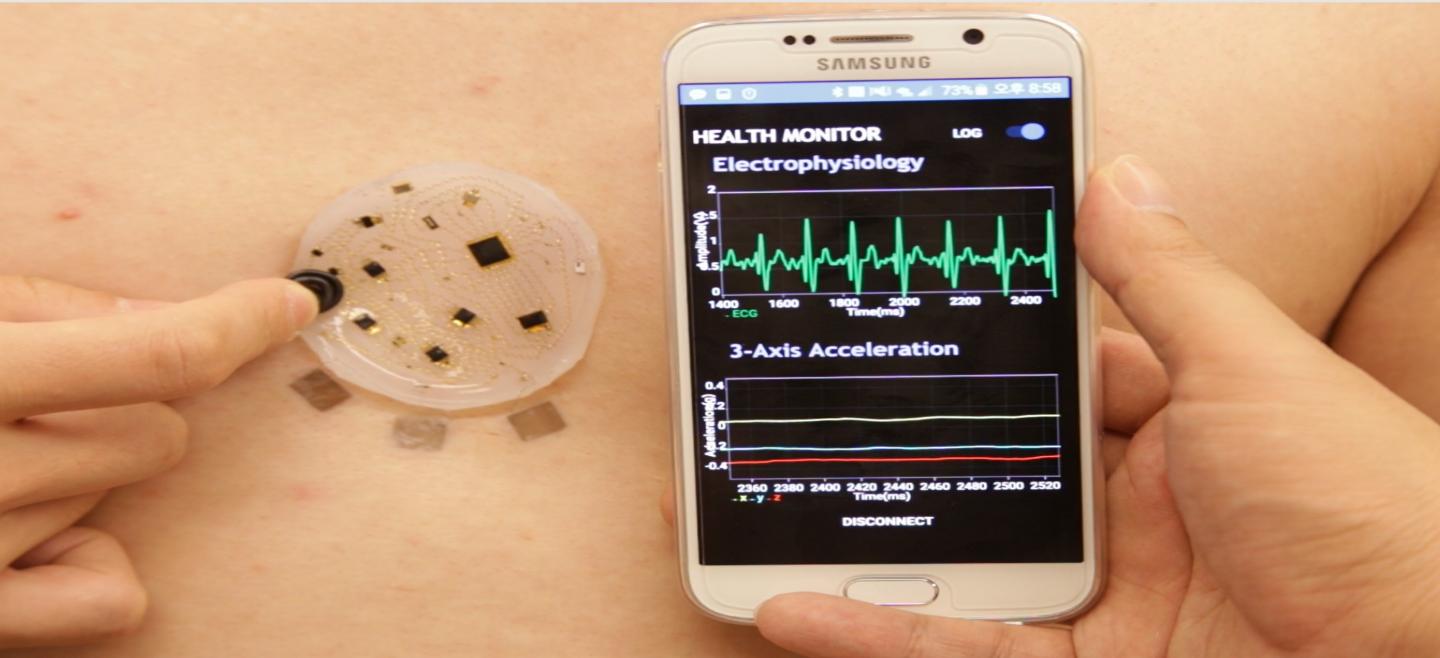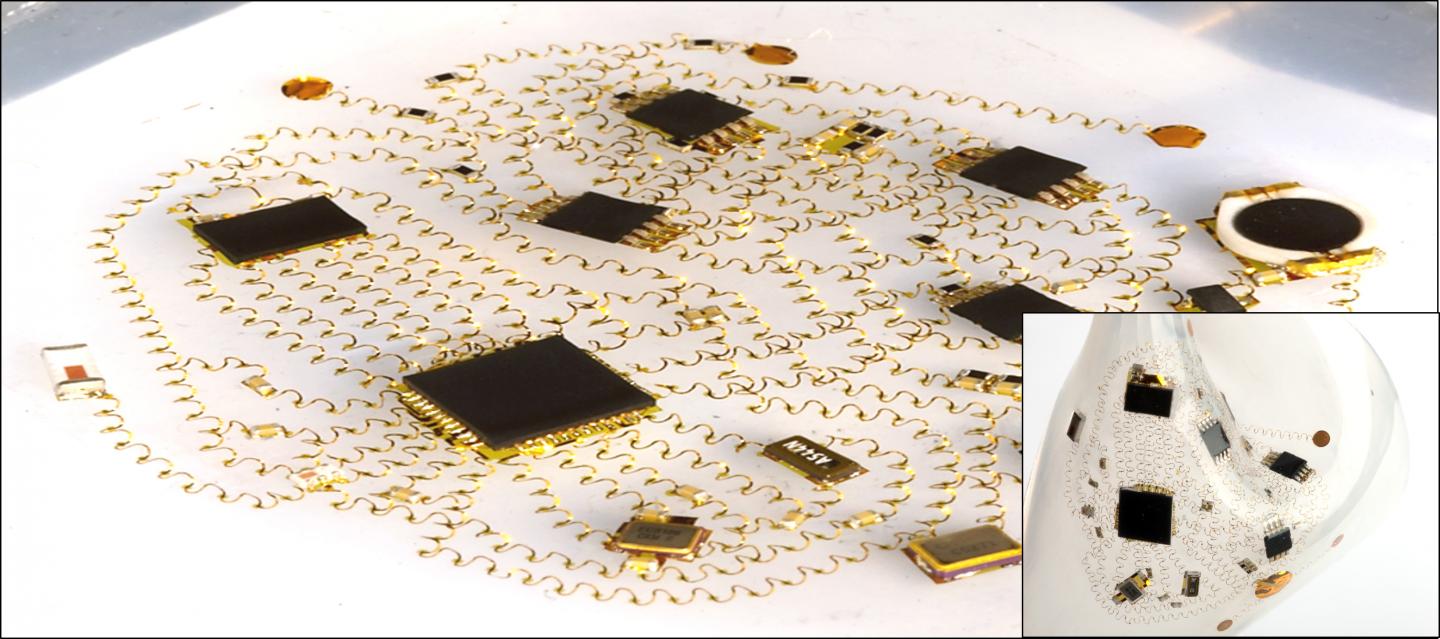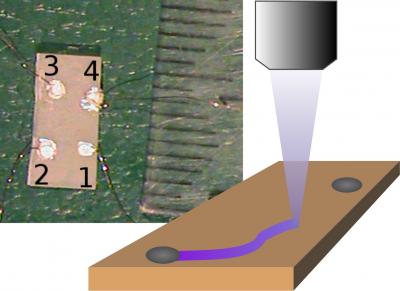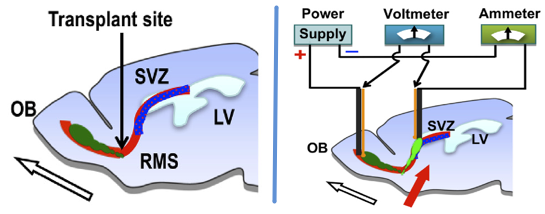
Wirelessly powered and controlled magnetic folding robot arm can grasp and bend (credit: Wyss Institute at Harvard University)
Harvard University researchers have created a battery-free, folding robot “arm” with multiple “joints,” gripper “hand,” and actuator “muscles” — all powered and controlled wirelessly by an external resonant magnetic field.
The design is inspired by the traditional Japanese art of origami (used to transform a simple sheet of paper into complex, three-dimensional shapes through a specific pattern of folds, creases, and crimps). The prototype device is capable of complex, repeatable movements at millimeter to centimeter scales.
The research, by scientists at the Wyss Institute for Biologically Inspired Engineering and the John A. Paulson School of Engineering and Applied Sciences (SEAS), is reported in Science Robotics.
How it works

Design of small-scale-structure prototype of wirelessly controlled robotic arm (credit: Mustafa Boyvat et al./Science Robotics)
The researchers designed a 0.8-gram prototype small-scale-structure* prototype robotic “arm” capable of bending and opening or closing a gripper around an object. The “arm” is constructed with a special origami-like pattern that uses hinges (“joints”) to permit it to bend. There is also a “hand” (gripper — left panel in above image) that opens or closes.
To power the device, an external coil with its own power source (see video below) is used to generate a low-frequency magnetic field that induces an electrical current in three magnetic coils. The current heats the spiral-wire shape-memory-alloy actuator wires (coiled wire shown in inset above). That causes the actuator wires (“muscles”) to contract, making the attached nearby “joints” bend, and folding the robot body.

Mechanism of the origami gripper (for small-scale prototype design). (Left) The coil SMA actuator pushes the center link connected to both fingers and the gripper opens fingers, enabled by dynamic folding at the joints (left). The plate spring, which is a passive compression spring, pulls the link back as the gripper closes the fingers, again by rotations at folding joints (center). (Right) A photo of the gripper showing the SMA actuator wire attached at the center link. (credit: Mustafa Boyvat et al./Science Robotics)
By changing the resonant frequency of the external electromagnetic field, the two longer actuator wires (coiled wires shown in above illustration) are instead heated and stretched, opening the gripper (“hand”).
In both cases, when the external field-induced current stops, the actuators relax, springing back to their “memory” positions and causing the robot body to straighten out or the gripper’s outer triangles to close.
Minimally invasive medicine and surgery applications
As an example of a practical future application, instead of having an uncomfortable endoscope put down their throat to assist a doctor with surgery, a patient could just swallow a micro-robot that could move around and perform simple tasks, like holding tissue or filming, powered by a coil outside their body.
Using a much larger source coil — on the order of yards in diameter — could enable wireless, battery-free communication between multiple “smart” objects in a room or building.
“Medical devices today are commonly limited by the size of the batteries that power them, whereas these remotely powered origami robots can break through that size barrier and potentially offer entirely new, minimally invasive approaches for medicine and surgery in the future,” says Wyss Founding Director Donald Ingber, who is also the Judah Folkman Professor of Vascular Biology at Harvard Medical School and the Vascular Biology Program at Boston Children’s Hospital, as well as a Professor of Bioengineering at Harvard’s School of Engineering and Applied Sciences.
This work was supported by the National Science Foundation, the U.S. Army Research Laboratory, and the Swiss National Science Foundation.
* A large-scale-structure prototype version has minor differences, including 12-cm folding lines vs. 1.7-cm folding lines in the smaller version.
Wyss Institute | Battery-Free Folding Robots
Abstract of Addressable wireless actuation for multijoint folding robots and devices
“Printing” robots and other complex devices through a process of origami-like folding is an emerging and promising manufacturing method due to the inherent simplicity and low cost of folding-based assembly. Folding is used in this class of device to create both complex static structures and flexure-based compliant mechanisms. Dependency on batteries to power these folds with no external wires is a hurdle to giving small-scale folding robots and devices functionality. We demonstrate a battery-free wireless folding method for dynamic multijoint structures, achieving addressable folding motions—both individual and collective folding—using only basic passive electronic components on the device. The method is based on electromagnetic power transmission and resonance selectivity for actuation of resistive shape memory alloy actuators without the need for physical connection or line of sight. We demonstrate the utility of this approach using two folded devices at different sizes using different circuit approaches.

